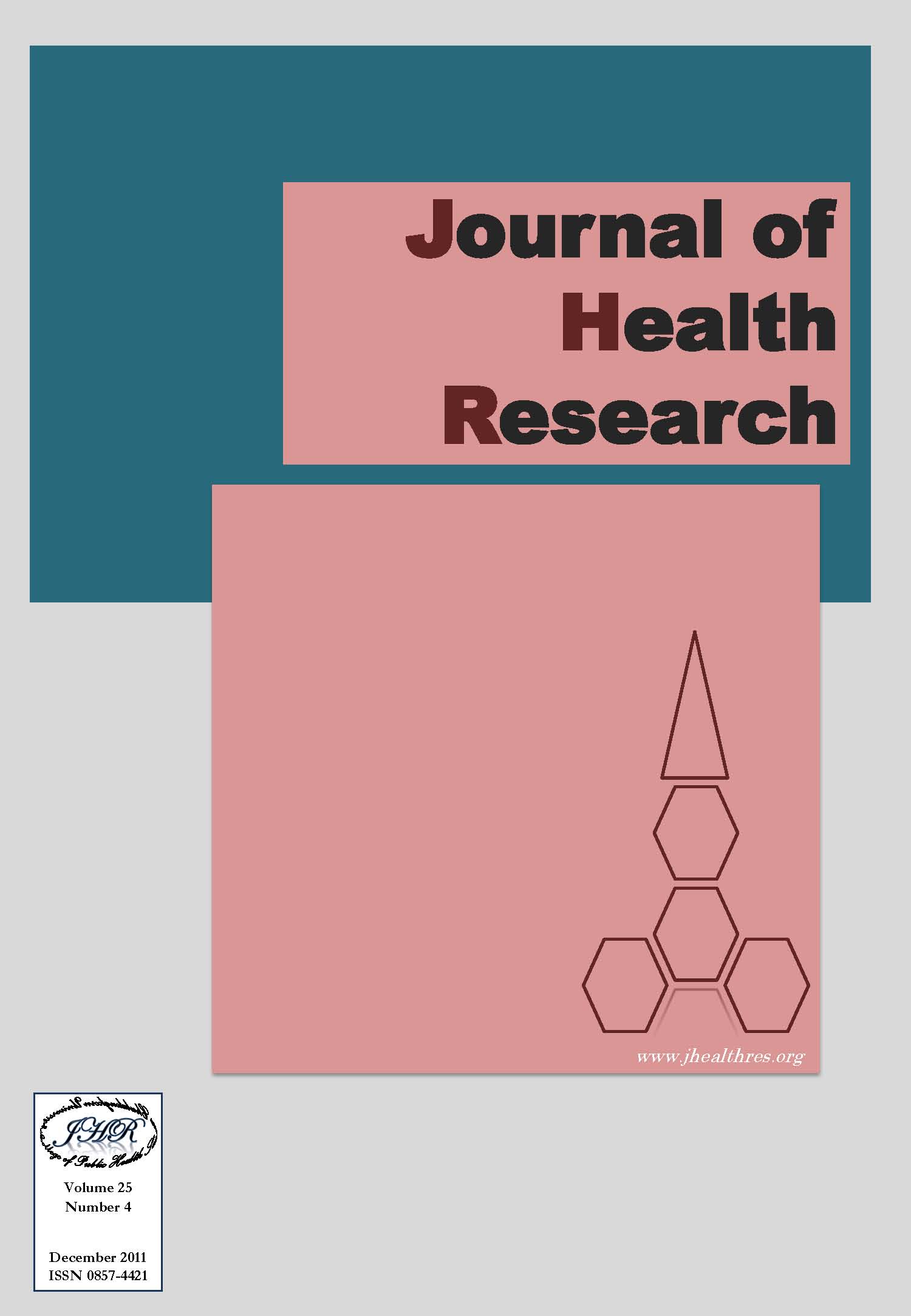Serum High Sensitivity C-Reactive Protein and Non-High Density Lipoprotein Cholesterol Levels as Cardiovascular Risk Factors in Patients with Type 2 Diabetes
Keywords:
high sensitivity C-reactive protein, non-HDL cholesterol, cardiovascular risk factor, type 2 diabetesAbstract
Type 2 diabetes mellitus is associated with increased cardiovascular risk. Two markers of cardiovascular risk assessment are high sensitivity C- reactive protein (hs-CRP) and non-high density lipoprotein cholesterol (non-HDL cholesterol). This case-control study attempted to compare levels of hs-CRP and non-HDL cholesterol between type 2 diabetic patients and non-diabetic individuals and investigate patients at high risk for cardiovascular disease, and analyze the association of hs-CRP levels with other cardiovascular risk factor in type 2 diabetes. A total of 123 type 2 diabetic patients [ 35 males and 88 females; median and (interquartile range) age of 57.0 (51.8-64.2) years; mean ± SE body mass index of 26.4 ± 0.4 kg/m2, disease duration 5.7 ± 0.5 years; and median and (interquartile range) hemoglobin A1C of 7.8 (6.7-9.4)% ] and 92 non-diabetics [27 males and 65 females; median (interquartile range) age of 51.0 (45.0-59.0) years; mean ± SE body mass index of 24.8 ± 0.3 kg/m2] were studied. All subjects were interviewed by using the questionnaires included about lifestyle and medication used. Physical examinations and an over-night fasting blood collection were performed. Glucose, hemoglobin A1c, lipid profile, and hs-CRP levels were analyzed. The results indicate that serum levels of hs-CRP and non-HDL cholesterol in patients with type 2 diabetes were significantly higher than those in non-diabetics. Stratification into cardiovascular risk groups according to hs-CRP levels in combination with non-HDL cholesterol levels revealed that 72.4 percent of patients had high risk, 27.6 percent had intermediate risk, but none had low risk. However, an increased risk for CVD resulting in elevated hs-CRP (> 3 mg/l) of type 2 diabetes was significantly different from non-diabetes (odds ratio 1.95, 95% Confidence Interval 1.06-3.59, p-value 0.04). In type 2 DM, hs-CRP levels were significantly positive correlated with body mass index and fasting plasma glucose, inversely correlated with duration of diabetes. There were no significant correlation between hs-CRP and gender, age, waist circumference, blood pressure, lipid levels and hemoglobin A1C. In conclusion indicates that serum hs-CRP and non-HDL cholesterol levels in patient with type 2 diabetes are significantly higher than those in non-diabetics. The measurement of serum hs-CRP level as an adjunct to non-HDL cholesterol level may be useful for identifying cardiovascular risk in type 2 diabetes and should be evaluated in further prospective study.







